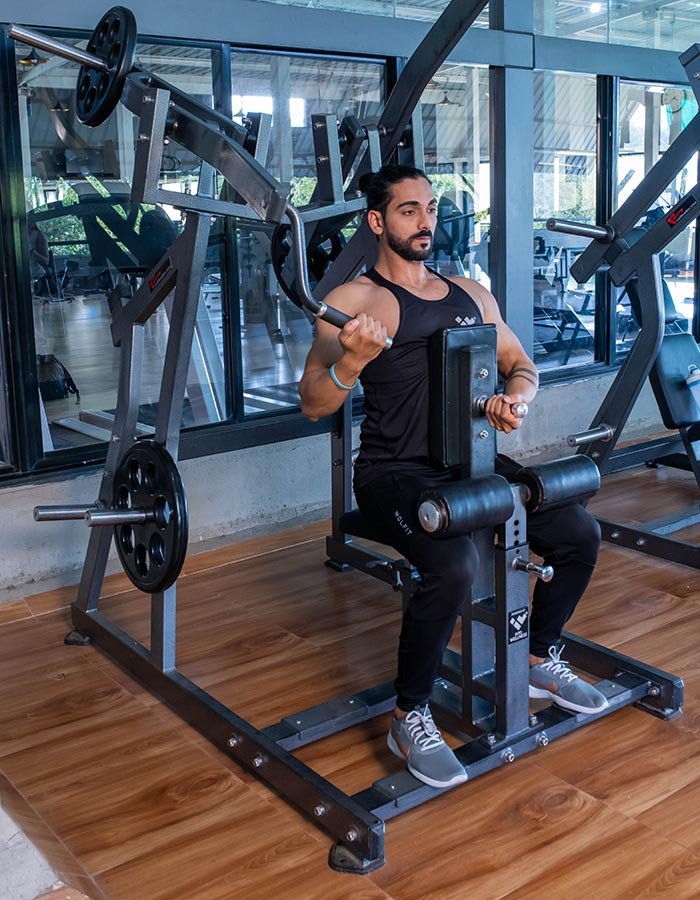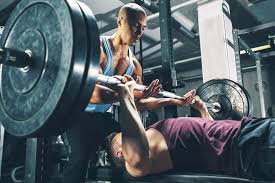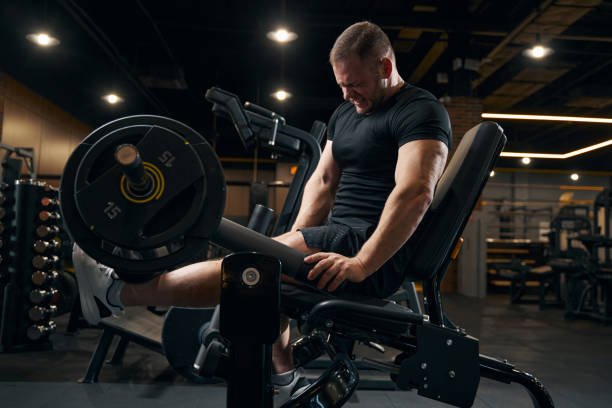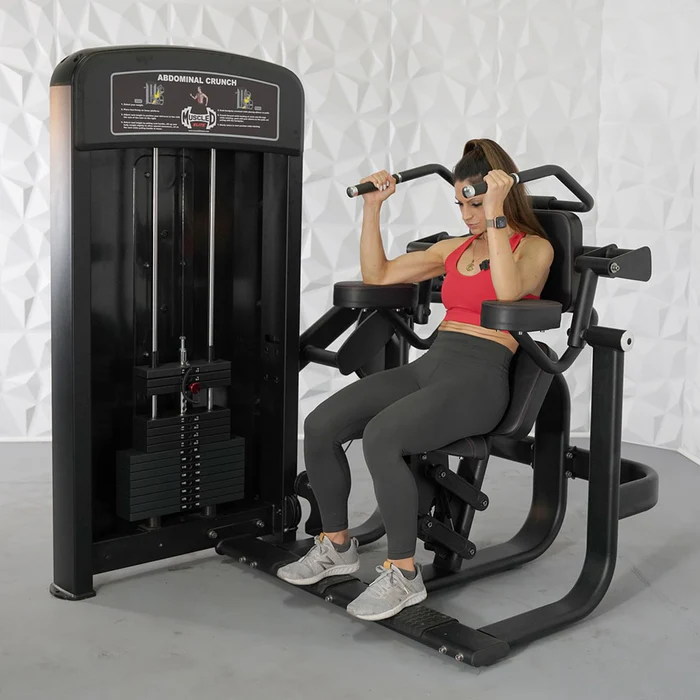
Introduction
The front pull down machine stands as a stalwart among gym equipment, offering a pathway to sculpted backs, improved posture, and enhanced upper body strength. Its simplicity belies its effectiveness, making it a favorite among fitness enthusiasts of all levels. In this comprehensive guide, we delve into the nuances of the front pull down machine, exploring its benefits, proper technique, variations, and how to incorporate it into your workout routine for maximum gains.
Understanding the Front Pull Down Machine
What is a Front Pull Down Machine?
The front pull down machine is a piece of resistance training equipment designed to target the muscles of the upper back, particularly the latissimus dorsi, or lats. It typically consists of a padded seat, thigh support, pulley system, and a long bar attachment. The user sits facing the machine, grasps the bar with an overhand grip, and pulls it down towards the chest while keeping the upper body stationary.
Benefits of Using the Front Pull Down Machine
- Muscle Engagement: The front pull down machine effectively targets the lats, which play a crucial role in activities involving pulling movements such as lifting, rowing, and climbing.
- Improved Posture: Strengthening the muscles of the upper back can help counteract the effects of poor posture, reducing the risk of back pain and injury.
- Versatility: Beyond the lats, the front pull down machine also engages the biceps, forearms, and shoulder muscles, providing a comprehensive upper body workout.
- Accessible for Beginners: Its simple mechanics and adjustable resistance make the front pull down machine suitable for individuals of all fitness levels, from beginners to seasoned athletes.
Mastering Proper Technique
Setting Up the Machine
- Adjust the Seat: Ensure the seat height is set so that your thighs are firmly supported, and your feet are flat on the ground.
- Selecting the Weight: Start with a weight that allows you to perform the exercise with proper form while still providing a challenge.
Executing the Movement
- Grip: Grab the bar with an overhand grip, slightly wider than shoulder-width apart.
- Posture: Sit tall with your chest lifted, shoulders down and back, and core engaged.
- Initiate the Pull: Pull the bar down towards your chest in a smooth, controlled motion, leading with your elbows.
- Contraction: Squeeze your shoulder blades together at the bottom of the movement to fully engage the lats.
- Return to Starting Position: Slowly release the bar back to the starting position, maintaining control throughout the movement.
Common Mistakes to Avoid
- Using Momentum: Avoid using momentum to swing the bar down, as this reduces the effectiveness of the exercise and increases the risk of injury.
- Shrugging the Shoulders: Keep your shoulders down and back throughout the movement to prevent undue strain on the neck and shoulders.
- Leaning Back: Maintain an upright posture and avoid leaning back excessively, as this can shift the focus away from the targeted muscles.
Variations and Progressions
Wide Grip Front Pull Down: By widening your grip on the bar, you can target the outer edges of the lats, creating a broader back.
Close Grip Front Pull Down: Bringing your hands closer together on the bar emphasizes the lower portion of the lats and engages the biceps to a greater extent.
Reverse Grip Front Pull Down: Switching to an underhand grip shifts the emphasis to the lower portion of the lats and recruits the muscles of the upper arms more prominently.
Single Arm Front Pull Down: Performing the exercise one arm at a time can help address muscle imbalances and improve unilateral strength.
Progressive Overload: Gradually increasing the weight lifted or the number of repetitions performed is key to continually challenging your muscles and promoting growth over time.
Incorporating the Front Pull Down Machine Into Your Workout Routine
Warm-Up: Begin your upper body workout with a few sets of light weight front pull downs to activate the muscles of the back and shoulders.
Primary Exercise: Incorporate the front pull down machine as a primary movement in your back-focused workouts, aiming for 3-4 sets of 8-12 repetitions.
Supersetting: Pair the front pull down with complementary exercises such as rows or shoulder presses to create an efficient and effective workout circuit.
Cooldown: Finish your workout with some gentle stretching to promote flexibility and aid in recovery.
Conclusion
The front pull down machine stands as a versatile and effective tool for building a strong, well-rounded upper body. By mastering proper technique, exploring variations, and incorporating it into your workout routine, you can unlock its full potential and reap the rewards of improved strength, posture, and muscle definition. Whether you’re a seasoned gym-goer or just beginning your fitness journey, the front pull down machine offers a pathway to achieving your upper body goals.



